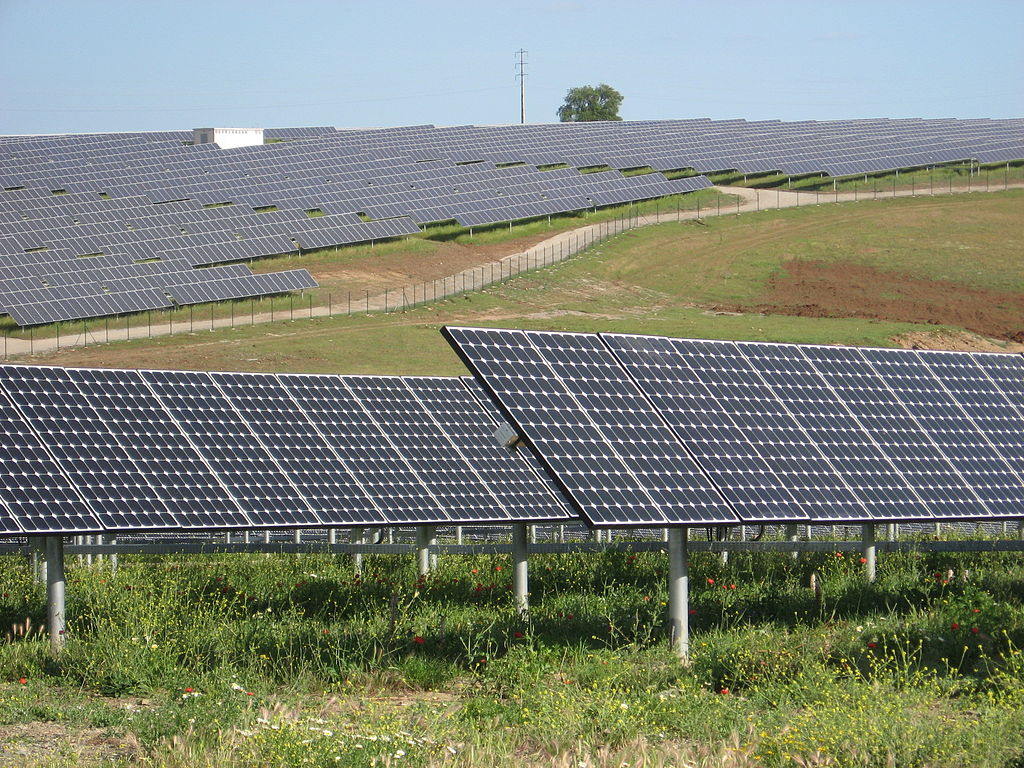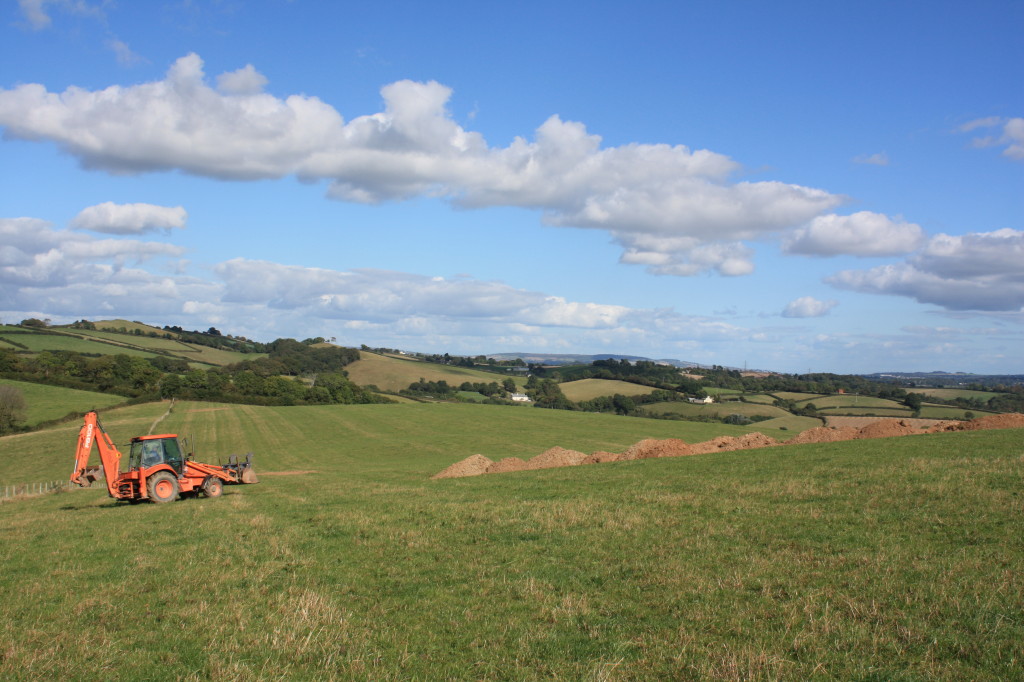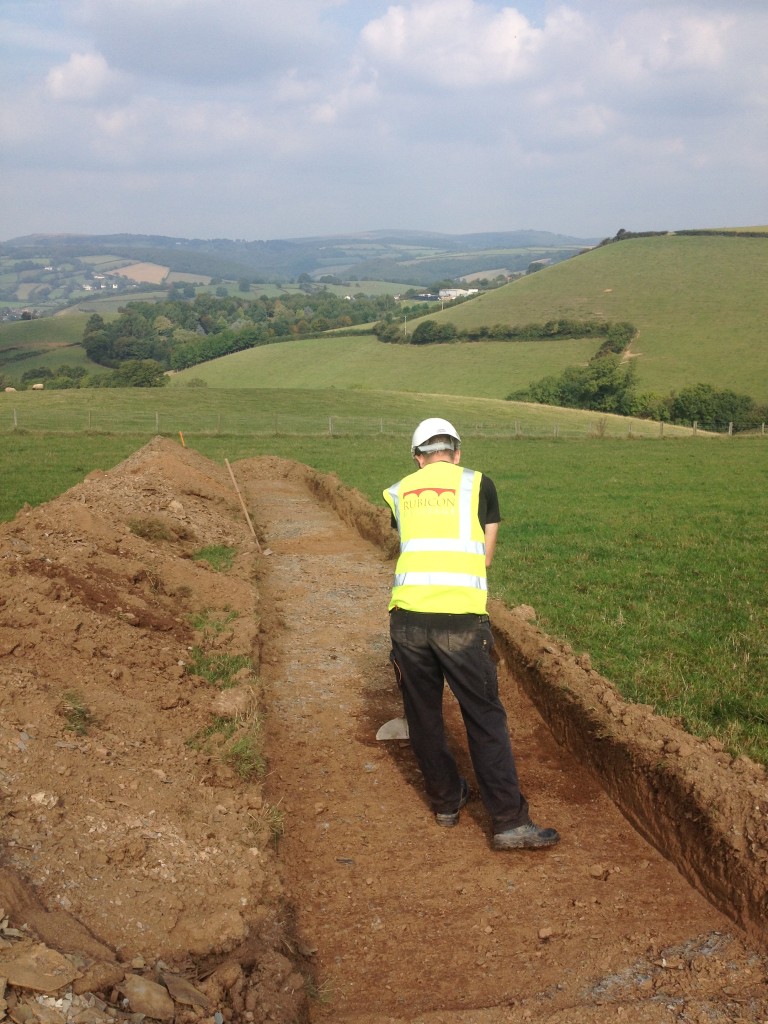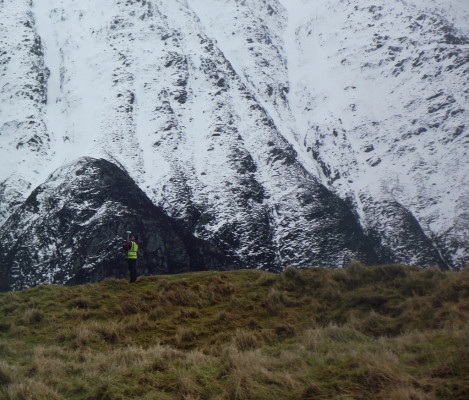We have just completed an evaluation of our first solar farm in Devon in collaboration with our associates AB Heritage Ltd. These developments are quickly becoming a significant contributor of new sites to the archaeological sector. The sites are often chosen due to their location on south facing slopes on greenfield sites – also a favoured location for past settlements! This potentially causes an impact to significant buried archaeological deposits and also upstanding heritage assets such as ruins or earthworks. Such impacts can result in significant risk for solar farm developers including cost, delay and, in extreme cases, the complete abandonment of developments.

Potential impacts of solar farms on the historic environment
As with most other developments, solar farms have two major impacts. First are the direct impacts resulting from enabling works and construction. This can result in a direct physical impact on buried or upstanding archaeological remains during activities such as the excavation of cable trenches, access roads, compounds, fencing and foundations. However there is also potential for more subjective impacts, such as those that effect the visual amenity or setting of monuments that may not even be contained within the development boundaries. Such impacts are a material consideration during the planning application process and require the input of an experienced heritage professional.

Best practice
As a rule of thumb the earlier you take archaeological advice the less exposed you are to archaeological risk. Early consultation with the county archaeological officer is essential in order to determine an appropriate assessment strategy. This will certainly commence with a Desk Based Assessment and a site survey. Geophysical survey is now regularly used on most developments in greenfield sites and is a cost-effective means of covering large areas quickly. Evaluation trenching will follow this initial assessment phase. The extent of evaluations varies in different parts of the UK, but between 3% and 10% of a proposed development site will normally be trenched using a mechanical excavator supported by a team of experienced field archaeologists. These various archaeological prospection techniques will provide a good idea of what archaeological remains survive within a site. At this stage a mitigation strategy can be developed through discussion with the consultant archaeologist, the design team and the county archaeological officer. The strategy here will always aim to preserve as much archaeology as possible by modification.
Following the process outlined above is key to successfully delivering on major projects such as solar farms. Our recent work in Devon was a classic example of how this procedure can work well. Of key importance is engaging heritage professional advice early in the process; early engagement can reap many benefits for your project, whereas failure to do so can risk its ultimate success.

